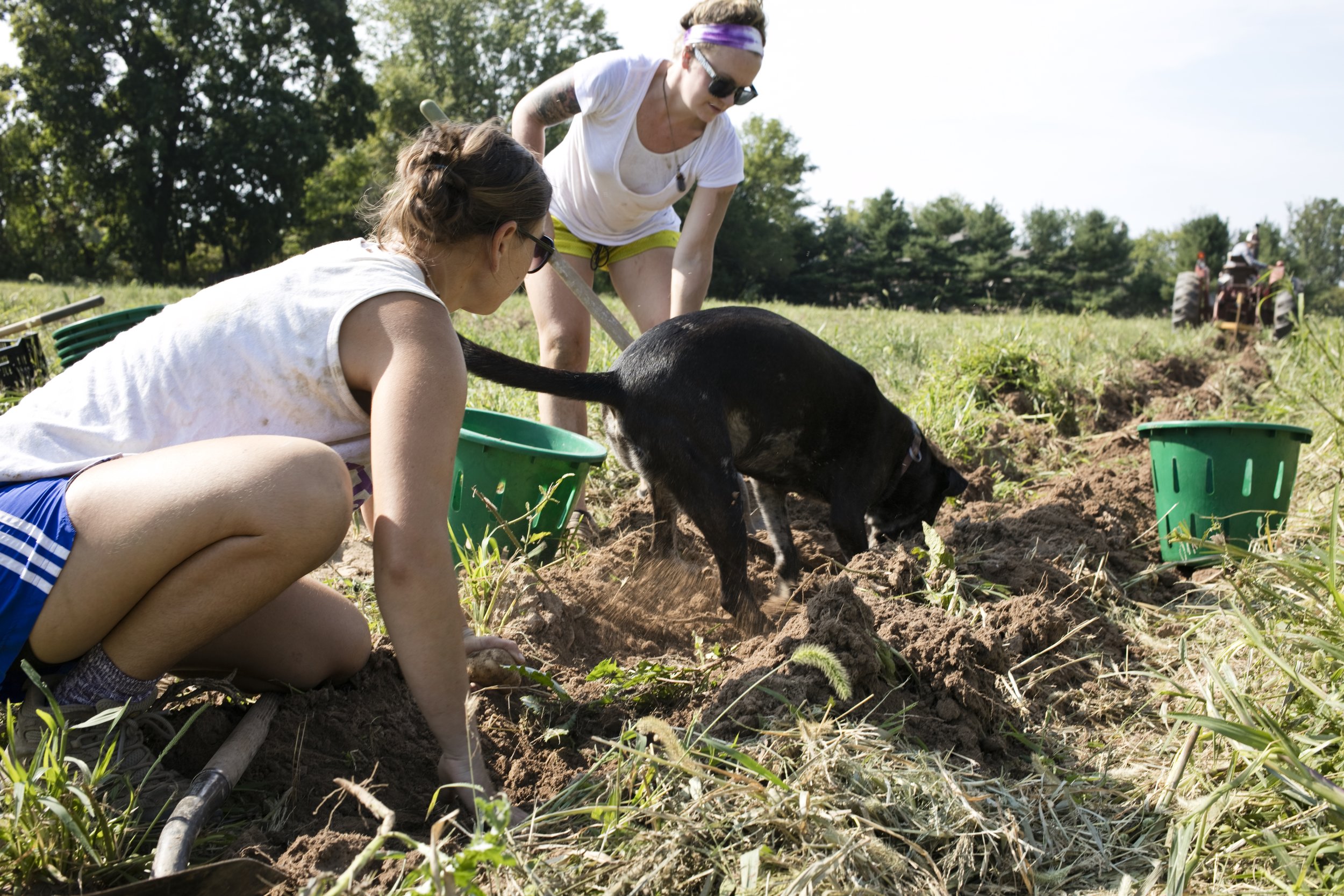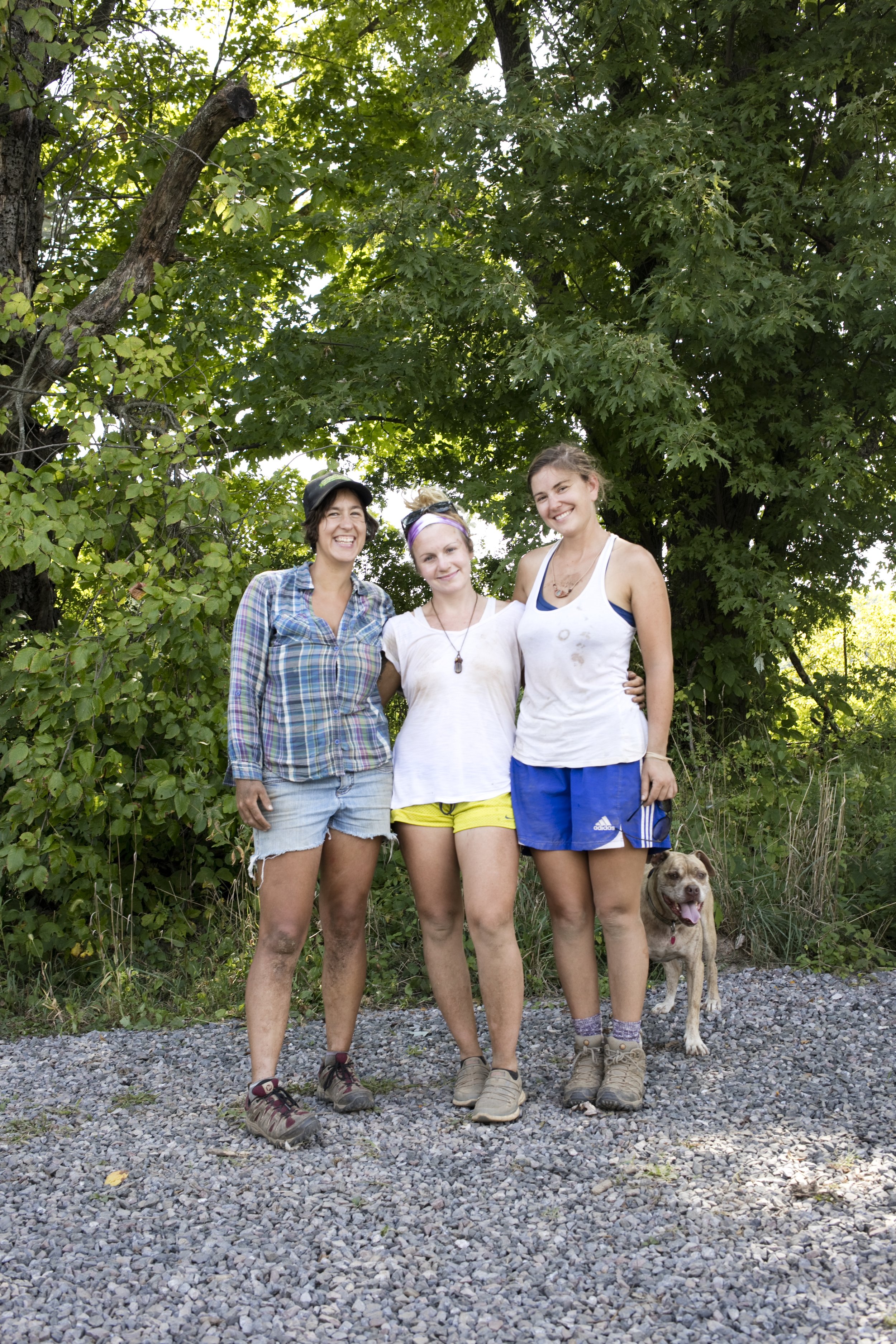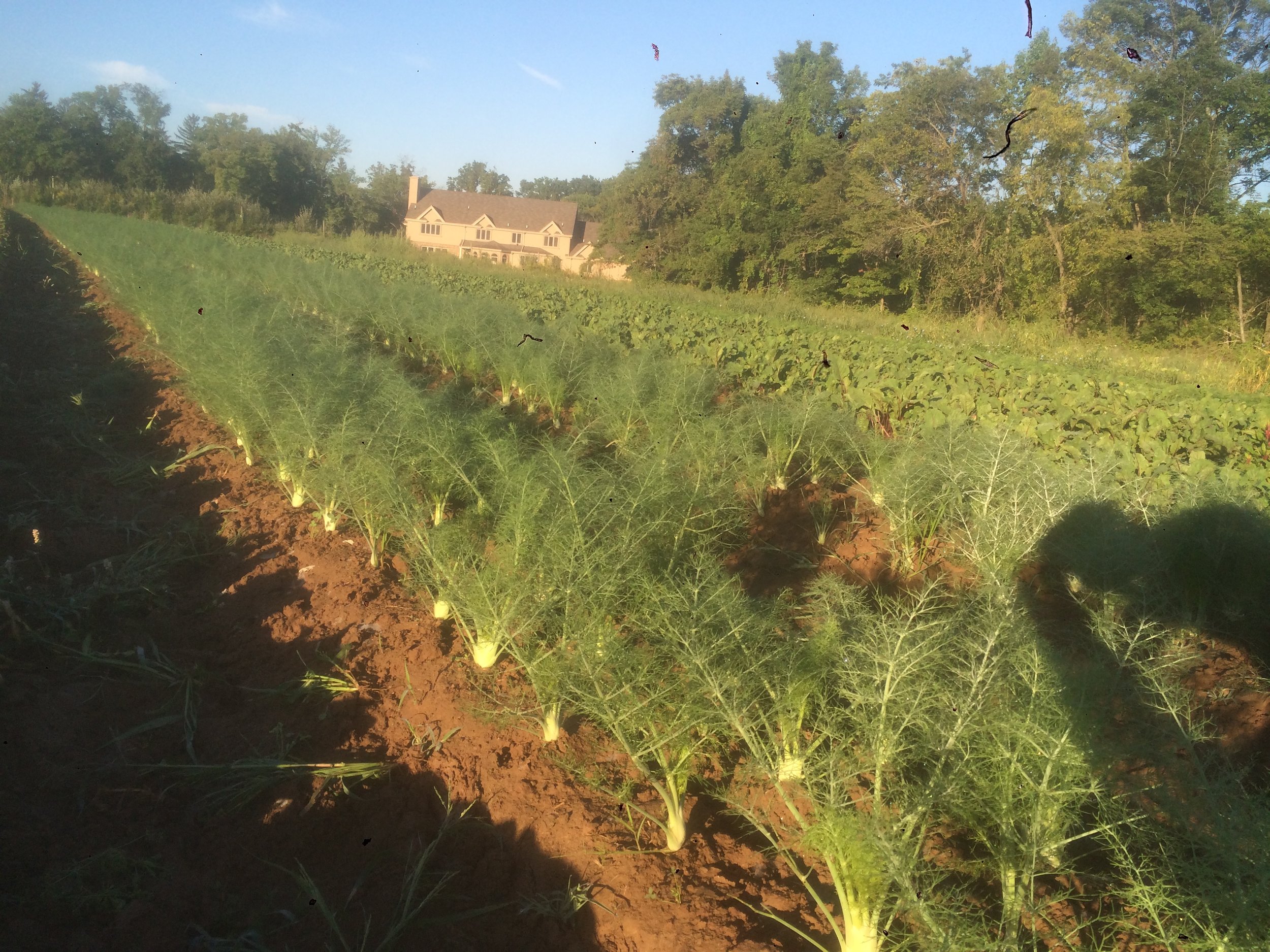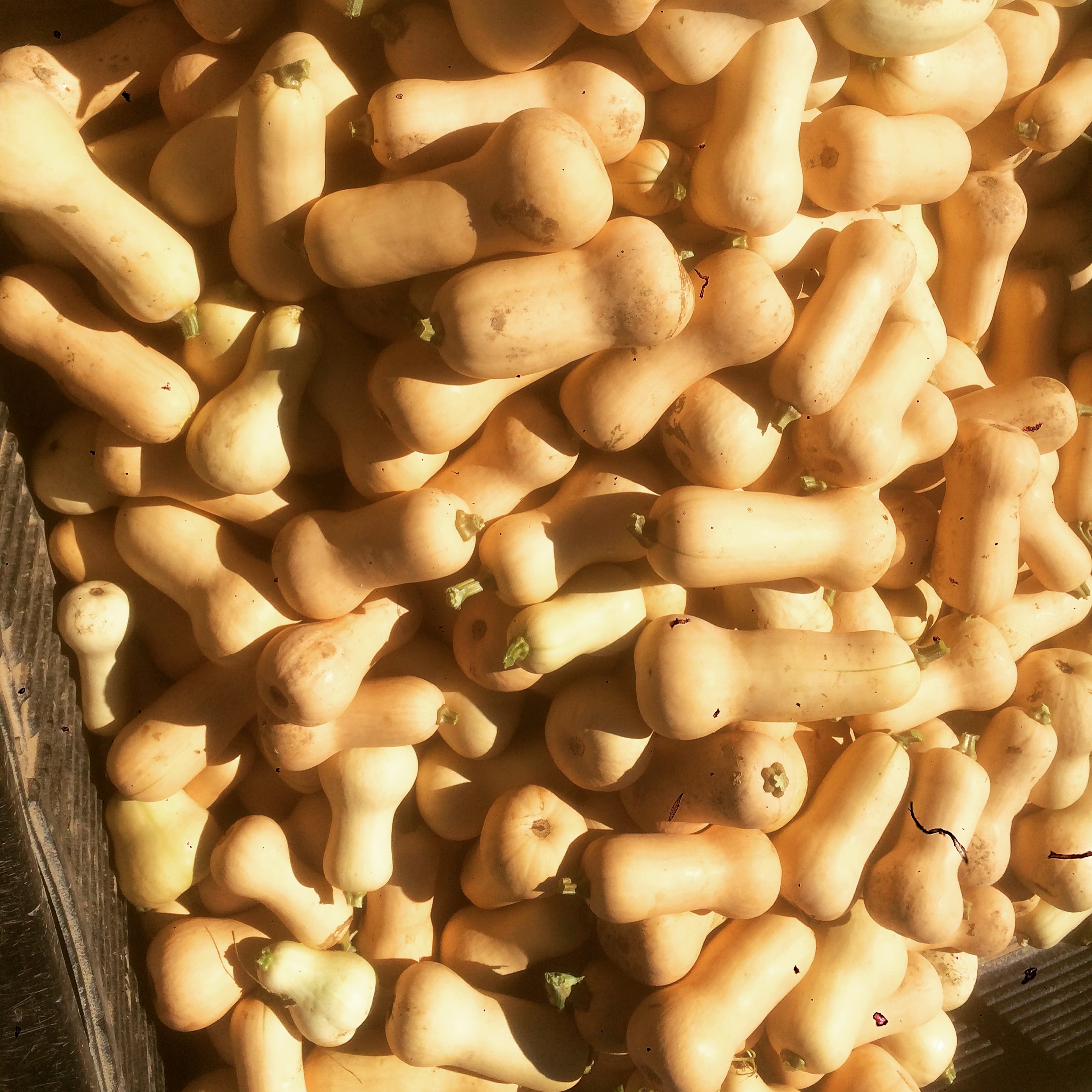Crop Failures
It's a bit of a dramatic term but crop failures are a part of every farming season on a small diversified farm such as ours. Some are huge and others are tiny. They range from not getting to weed a bed of greens and having little less arugula that week, to entire crops that have been wiped out by bugs or water issues or disease or any number of other things. We do all sorts of things to prevent crop failures, but sometimes they are inevitable. They are hard to accept and can really affect morale on the farm. I'm getting better at dealing with the emotional part of crop failures as I get more seasons under my belt, but it's never easy. This year we lost all of our leeks before we could even plant them to onion maggots. We lost half of our onions and garlic to those same darned pests (it has not been a good allium year). Our parsnips did not germinate at all. The most disappointing and mysterious has been our storage potatoes. We had the most beautiful weed-free, pest-free plants I had ever grown. I amended the soil to the exact suggestions of our soil tests, we irrigated as much as we could and we thought we had finally nailed it. And now as we start to dig up the spuds, we are finding that there is hardly anything under those perfectly hilled rows. It's such a complete mystery and a crop failure that is very hard to accept given all the work that went into those plants. What a lesson in letting go and such a realization of how much is truly out of our control. We'll dig what we can and hope for a better crop next year as always. The rest of our fall roots look good as can be and we can only be thankful for what we've got.
Scenes from the farm: Potato digging photo shoot for a cookbook (even if there aren't that many, at least we look good doing it right?), the fennel looking great, and winter squash is in and curing!
The share:
head lettuce
arugula
specialty greens
spinach
sweet peppers
eggplant
shishito peppers
hot peppers
kale
swiss chard
kohlrabi
parsley
beets
carrots
escarole
tomatoes
radishes
winter squash
~Spinach Pesto Farro Recipe~
2 cups Italian semi-pearled farro
5 cups water
4 cups loosely packed baby spinach leaves
2 cloves garlic
1/2 cup toasted pine nuts (1/4 cup reserved)
1/3 cup freshly grated Pecorino Romano
1/3 cup extra virgin olive oil
pinch of sea salt
1 onion, sliced and 1 tsp extra virgin olive oil
6-8 sun-dried tomatoes, chopped*
shaved Pecorino Romano to garnish
Cook farro:
In a saucepan, combine water and farro and bring to a boil. Cover, reduce heat, and simmer for about 15-20 minutes. The cooking time can vary by brands, some requiring 30 minutes. Check the instructions on the bag you've purchased. I tend to taste a few morsels as I move along. You want it to be 'al dente,' but don't let it go too far. Also, keep in mind, if you've purchased whole farro, not semi-pearled farro, you should soak the grains overnight. Your cooking time will take 45 minutes to an hour.
Toast pine nuts and cook onion:
While the farro is cooking, heat a cast iron or skillet pan over medium heat. Let the pine nuts go for about 5 minutes, stirring frequently. Keep your eye on them. Your nose will tell you when they're done. Reserve half the pine nuts as a topping. The other 1/4 cup will be used in the pesto. Wipe out pan and add a teaspoon of olive oil. Cook sliced onion for a few minutes over medium heat until it wilts down and put it aside.
Make spinach pesto:
In a food processor, combine spinach leaves, garlic, 1/4 cup toasted pine nuts, Pecorino Romano, extra virgin olive oil, and sea salt. Pulse for a few seconds. Scrape down the sides and give it another whirl until combined.
Pull it all together:
Drain any excess water from the farro. In a large bowl fold the spinach pesto into the warm farro. Transfer to a serving platter from here, or simply assemble right in the same bowl. Top with wilted onion, sun-dried tomatoes, reserved pine nuts, and shavings of Pecorino Romano. Serves 4.




